Clipart tagged: ‘lateral’

Lateral section of the chest
"A, a muscle which aids in pushing the food down the esophagus; B, esophagus; C,…
Section of Field and Lateral Ditch
"From the reservoir, whether constructed on a large scale to hold storm water or of small size to receive…

Limulus
"Diagram of a lateral view of a longitudinal section of Limulus. Suc, Suctorial pharynx. al, Alimentary…
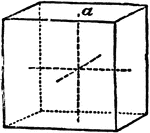
Primitive Crystal
"In this the four lateral planes are rectangular and equal; they may be either oblong or square; in…

Primitive Crystal
"If the base is a square and the prism stands erect—that is, if its sides or lateral planes, as…
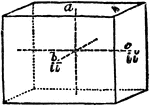
Primitive Crystal
"When the base is a rectangle instead of a square, the form is a right rectangular prism." —The…
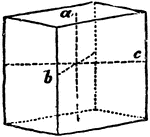
Primitive Crystal
"When the base is a rhombus, and the prism stands erect, the form is a right rhombic prism." —The…

Primitive Crystal
"When the base is a rhomboid, and the prism stands erect, it is only the opposite laeral faces that…

Refraction by Plates
"When radiant energy passes through a medium bounded by parallel planes, the refractions at the two…

Scorpion
"View from below of a scorpion (Buthus occitanus) opened and dissected so as to show the pericardium…
Scorpion
"Diagram of a lateral view of a longitudinal section of a scorpion. d, Chelicera. ch, Chela. cam, Camerostome.…

Lateral Sliding Contact
The lines of contact are equal, but the axes are neither parallel to each other, or the line of contact.
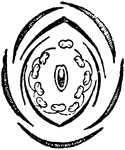
Sweet-pea
"Diagram of flower of Sweet-pea (Lathyrus), showing five parts of the calyx, of which two are superior,…
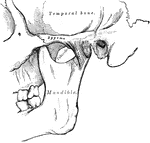
Temporomandibular
The external lateral ligament is a short, thin, and narrow fasciculus, attached, above, to the outer…
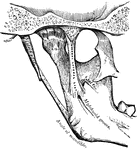
Temporomandibular
The external lateral ligament is a short, thin, and narrow fasciculus, attached, above, to the outer…